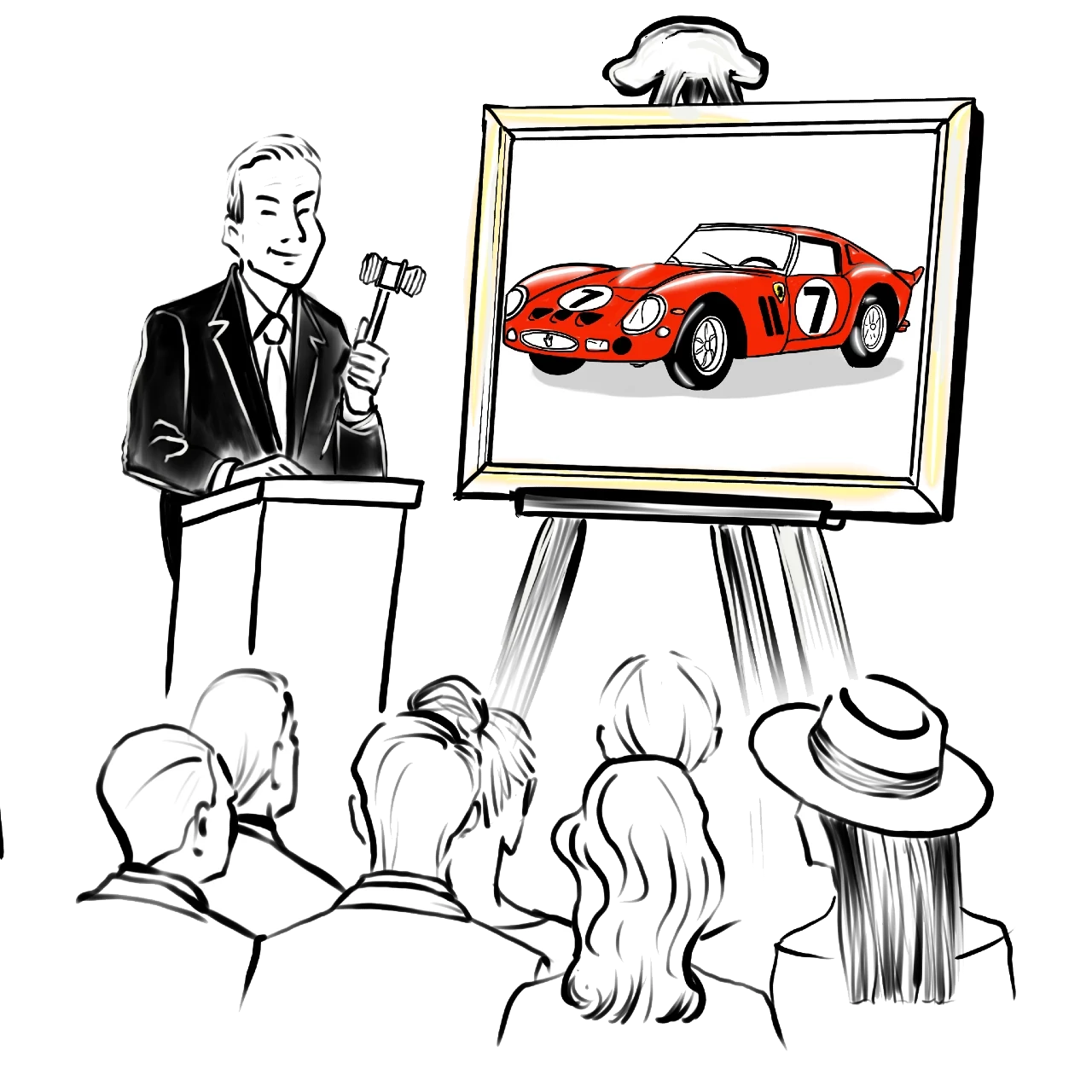Metal Masterpieces
Can A Car Be Considered A Work Of Art?


FOR DECADES, the question of whether a car can be considered a work of art has sparked spirited debates among petrolheads and art connoisseurs alike. From smoky racetracks to hushed museum galleries, the conversation persists, with no definitive resolution. Philosophers of the open road and curators of fine aesthetics have pontificated, dissected, and disagreed, leaving the question tantalizingly open. What, then, can a humble observer contribute to this storied discourse? Perhaps a fresh perspective—one that bridges the mechanical and the sublime, the utilitarian and the transcendent.
The Cambridge Dictionary offers a starting point: a car is “a road vehicle with an engine, four wheels, and seats for a small number of people.” Art, by contrast, is “the making of objects, images, music, etc. that are beautiful or that express feelings.” At first glance, these definitions seem to inhabit different realms—one grounded in function, the other in emotion. Yet, when we examine specific cars through the lens of artistry, the boundaries blur, revealing moments where engineering and emotion converge in unexpected harmony.
Consider the Toyota Prius, a vehicle often dismissed as a “boring piece of metal.” On the surface, it is a practical machine, designed for efficiency and reliability rather than aesthetic allure. Yet, dig deeper, and the Prius reveals a quiet brilliance. As the world’s first mass-produced hybrid, it introduced a revolutionary powertrain that has proven flawless over hundreds of thousands of miles. Its enduring functionality is a testament to human ingenuity—a kind of understated art, not in its form but in its execution. Is this enough to elevate it to the status of art? Perhaps, if we see art in the elegance of purpose fulfilled.
Then there is the Ferrari 250 GTO, a car that commands reverence wherever it appears. With only 36 examples ever made, its sleek lines and storied racing pedigree make it a rolling masterpiece. The 250 GTO is not just a car; it is a cultural artifact, a synthesis of beauty and performance that has fetched astronomical sums at auction, with some examples exceeding $70 million. Its scarcity, its curves, its victories at Le Mans and beyond—these elements weave a narrative that transcends mere transportation. To behold a 250 GTO is to witness a creation that stirs the soul as much as any painting or sculpture. Here, the case for a car as art feels undeniable.
Yet not all automotive art requires perfection in performance or pedigree. The Alfa Romeo 8C Competizione, for instance, is a study in emotional resonance. It is not the fastest, nor the most practical, nor even the best-handling car. Its engineering quirks are well-documented, yet to see and hear an 8C is to be swept away by its presence. The roar of its V8 engine, the sensuous sweep of its bodywork—these are expressions of passion, not precision. The 8C does not aim to be the best at anything but feeling, and in that, it succeeds spectacularly. It is art in motion, a reminder that beauty need not be practical to be profound.
These examples suggest a broader truth: a car is not inherently art, but it can become so when infused with human magic. That magic might manifest in groundbreaking innovation, as with the Prius; in timeless beauty and historical significance, as with the 250 GTO; or in raw emotional power, as with the 8C. Art, after all, is not confined to canvas or marble. It lives in the interplay of form, function, and feeling, in creations that inspire awe or stir the heart.
The debate over whether a car can be art will likely never be settled, nor should it be.
The views and opinions expressed herein are the views and opinions of the author and do not necessarily reflect those of The Monegasque™.
Disclosure: The Monegasque™ enhances the editing process with the help of carefully selected AI tools. These tools provide valuable support without taking over the editing process completely, ensuring that the final product is the result of human creativity and expertise augmented by the benefits of enhanced technology. This article is protected under the copyright of The Monegasque™. Unauthorized reprinting, republishing, or rewriting of this content is strictly prohibited without explicit permission from The Monegasque™. Quotations from this material are permissible provided that a direct link to the full article on The Monegasque™ is included.